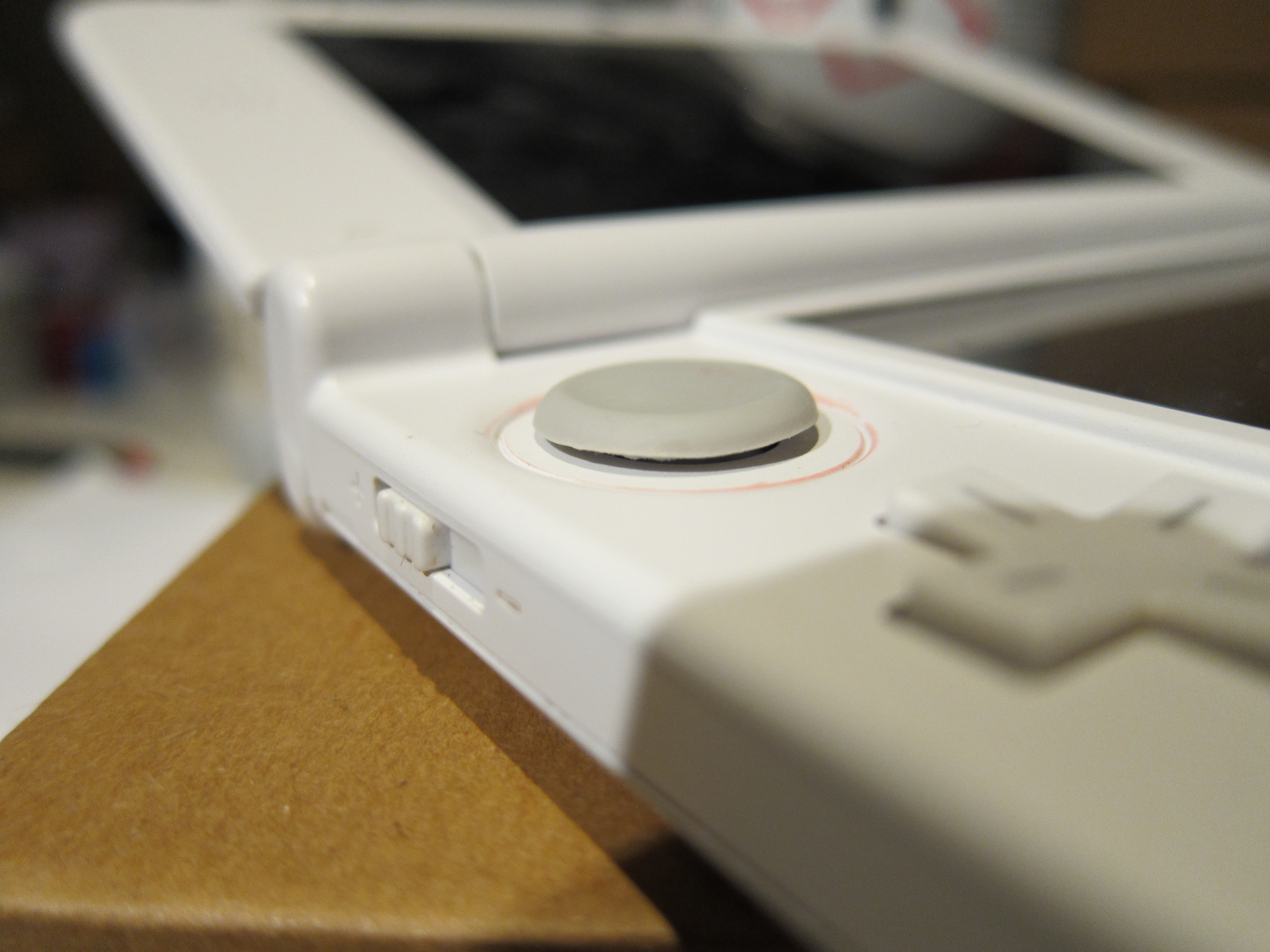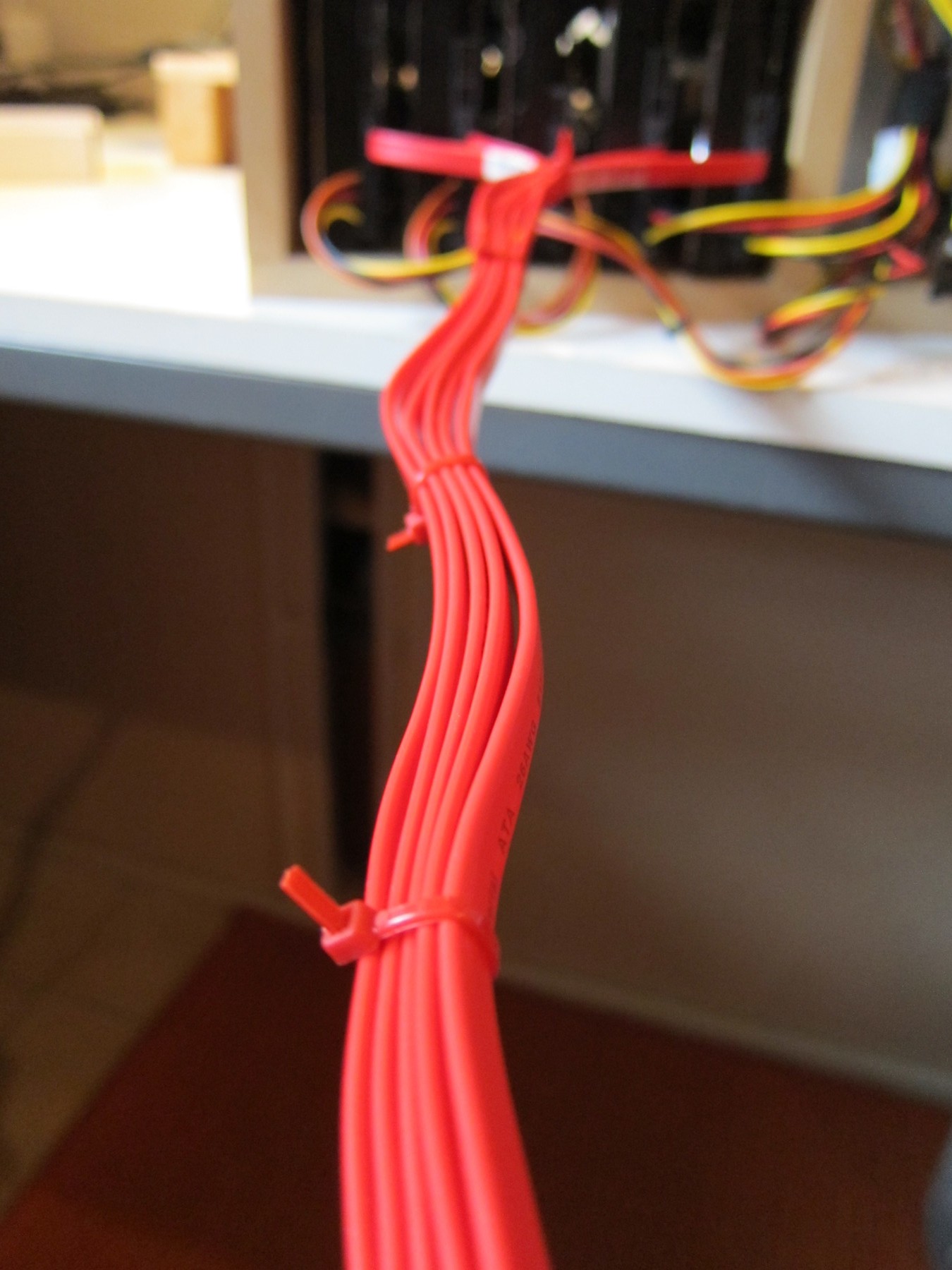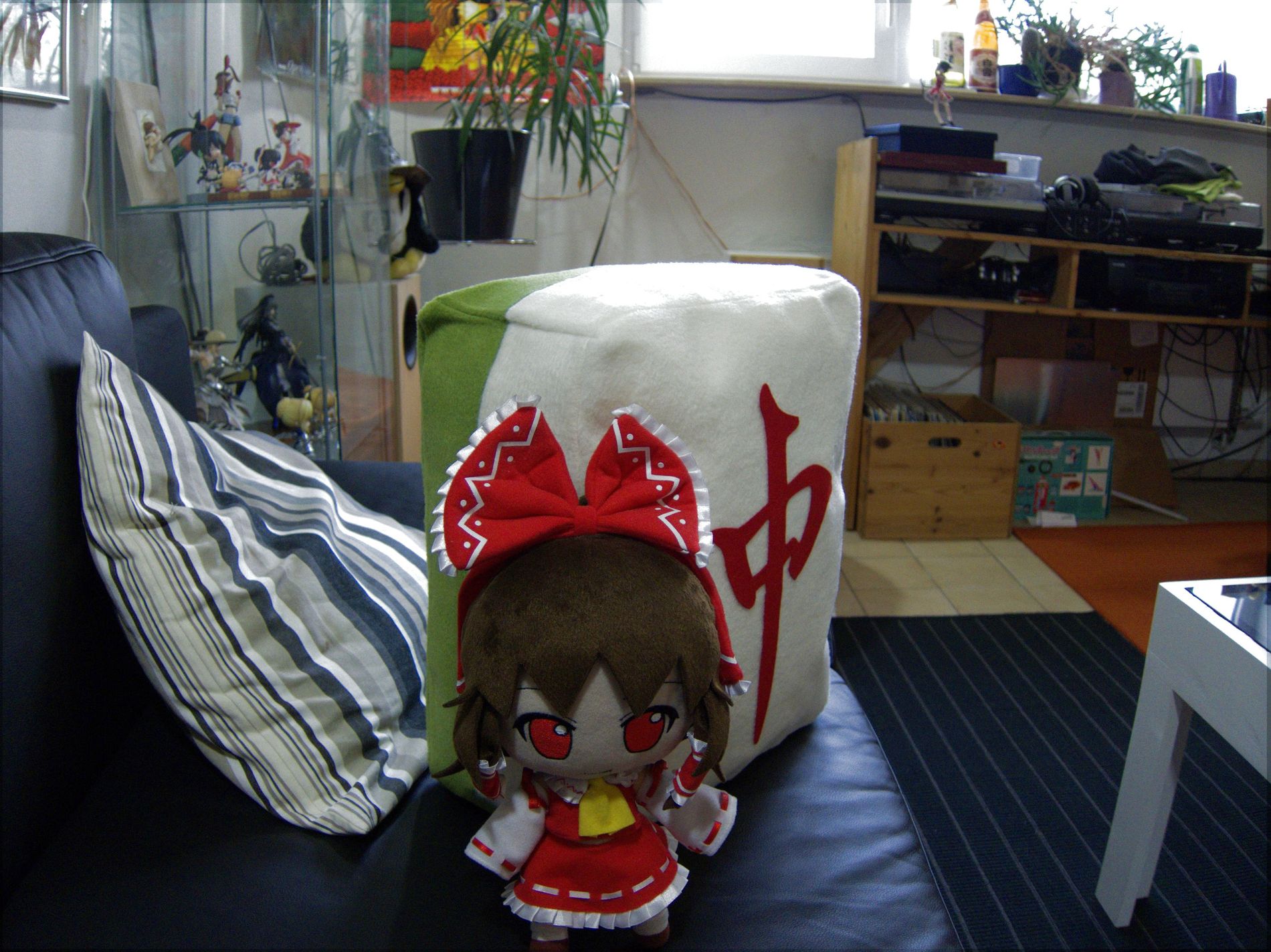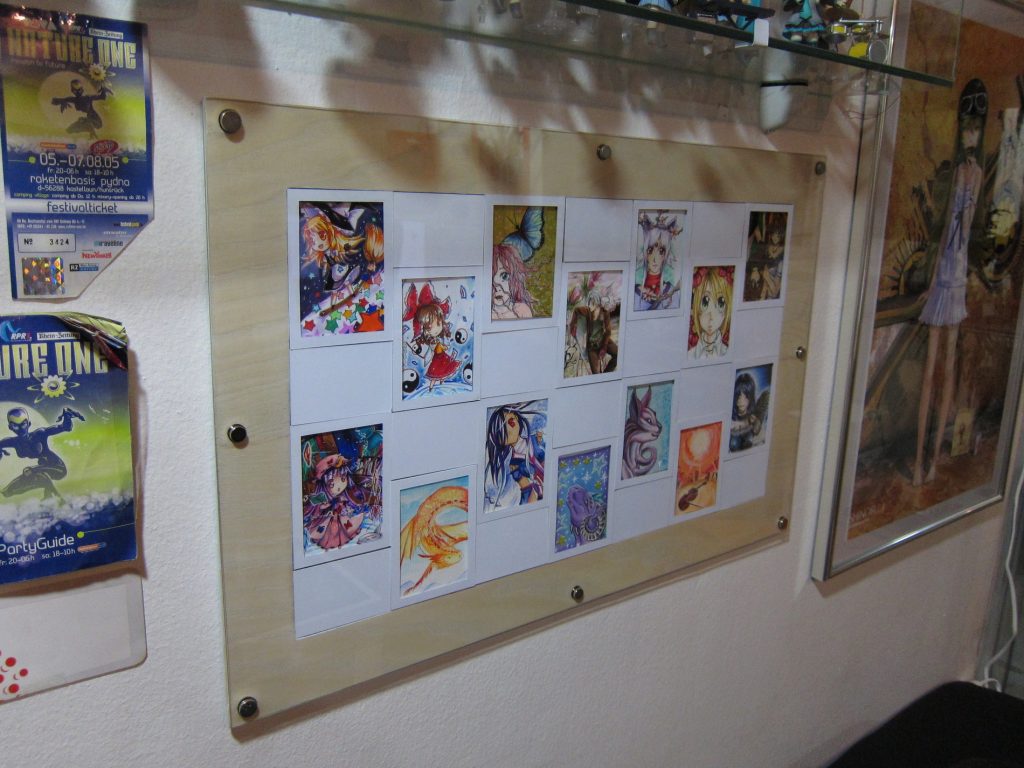If you’ve also bought the new “Super Smash Brothers” on the 3DS, chances are that your Analog-Stick also suffered some major or minor damage. From various source on the Interwebs it seems that many people suffer from completely breaking-off analog pads, whereas others report “sluggish” or “stuck” pads. We got the “sluggish” version. And i will show you how to fix it…
Tutorial
QuickHack: Vibration-Table for resin casting
Raid system – 8TB home storage, on budget!
With the advent of higher definition Television, growing demand for high quality lossless audio as well as general madness the need for a reliable as well as flexible and large home storage solution grew rapidly for me. Just hammering more disks into your home router / server just won’t nail it over the long term. So i’ve set out to build a cheap (per TB), (hopefully) longlasting as well as reasonably reliable home storage system for the enthusiast (read: “tinkering geek”). This was achieved using a custom made case for the parts as well as a lucky find for the adapter card. Read on for more…
DIY T-Shirt printing? No Problem! (almost)

After a long dry season of posts here on blog.kanojo.de i proudly announce yet another garage-tinkering-tutorial: How to print t-shirts yourself. While this may not sound special or new at all, the technique we’ve chosen required a lot of fine tuning to yield *PROFESSIONAL* (and by that i mean really really REALLY good) results. So i considered it worth sharing.
While i must admit that i make a equipment-assumption that may not be the case for most, you can work your way around it. What i’m talking about is that recently a cutting plotter moved into this household. A cutting-plotter is almost like a normal plotter – except that it doesn’t paint or print the paths (read: vector-files) you give it, but cuts. For those who don’t know what a plotter is – imagine a printer that is able to print on a infinitely long roll of paper and doesn’t print per line, but prints a arbitrary path (e.g. a sphere, bezier curve, etc.) at a time.
Chun Plushie – more Mahjong madness!
Who doesn’t like a good hanpai in a starting hand? Who wouldn’t love a dora-kan in every hand? This article will help you getting the flow with a better starting hand – it will describe how to sew you own giant Mahjongg Tile Plushie (Chun)!
Please read on for a more detailed howto on how to sew one…
Reimu’s Hat
Okay so I bought this straw hat last summer for a few Euros. I’ve always wanted one but it looks kind of plain….
Say hi to the KanojoFrame!
Hi and welcome to a new full fledged (i at least hope so) tutorial to hack together a fast-switch picture frame, our so-called “KanojoFrame”. As i must admit the idea is not fully genuinely ours, we designed and built it with the moo-frame from the excellent business-card supplier moo.com: Moo Mosaic-Frame.
The idea is to have a frame thats front glass plate is dismount- and mountable in the glimpse of a eye thus allowing to change the contents without too much of a hassle. The other aspect is that the whole content of the frame is made up of a mosaic of mini-pictures framed by small but thick cardboard frames. You can then use cardboard spacer to lay the small framed image-“cards” (moo.com are half business cards, ours are roughly creditcard-size) out in every way you want to create a nice compilation of the works displayed!
The frame itself is quite flat, 6mm without glass, rougly 8.5mm with the glass front attached. The glass it held by a couple of strong rare-earth magnets and sits very tight, so no worries about falling glass. The inner frame can hold around 7*3(=21) of our cardboard-mini-frames, but … see for yourself! And if you feel like it, make one yourself….
Menger Sponge Paper Model WIP

I always forget this camera doesn’t rotate the images right. Now I’m too lazy to upload it again (I’ll try to remember to do it in the future..)! Tilt your head for the time being or something..
Goal: Level 3 Menger sponge. The only level that is a challenge and not impossible for a single person.
I’ve done a tenth of it now, not following any color pattern at all (if you do, it probably will turn out prettier). Overall it’s made of 20*400 little cubes – a little tutorial on how to connect them will follow below.
Nicely lit DIY Figure-Display-Cabinets
A common problem with most of the figure display case solutions out there is lighting – how do you put enough (and nice) light in your display so the figures look good but the whole place doesn’t get filled by bulky bulbs, PSUs, cables and the like. We like to show a method of building cheap yet good looking lighting for custom glass displays as well as the common and popular IKEA DETOLF using inexpensive led-strips.
Also, as we (and probably many many others) like to use plain glass shelfs (as they’re easy to mount and look good) to display figures there is the very common problem of dust and dirty laying down on the figures. The other thing we propose here is a nice method to build sturdy yet good looking glass cover you can simply place on the shelf over the figures (a box with two open sides: backside and bottom).

For building and setup instructions for those two cool concepts, please look inside :).
Backlit Couch/Coffee-Table
 Have you ever wanted a cool couch- or coffee-table? Something you’re friends will be like “wow”, that blends nicely into your existing room and that makes a nice comfy atmosphere? Too bad something like that isn’t available readily made at IKEA or the like … but hey, we can tinker it together ourselves!
Have you ever wanted a cool couch- or coffee-table? Something you’re friends will be like “wow”, that blends nicely into your existing room and that makes a nice comfy atmosphere? Too bad something like that isn’t available readily made at IKEA or the like … but hey, we can tinker it together ourselves!
That’s what we thought when we started to plan that table. Another nice thing about it: It’s extensible, you can always mod in a LED matrix and a matrix-cabinet and start displaying pixel art, a ticker or whatever you feel like … but first you need the basic hardware, and thats what this post is about!







